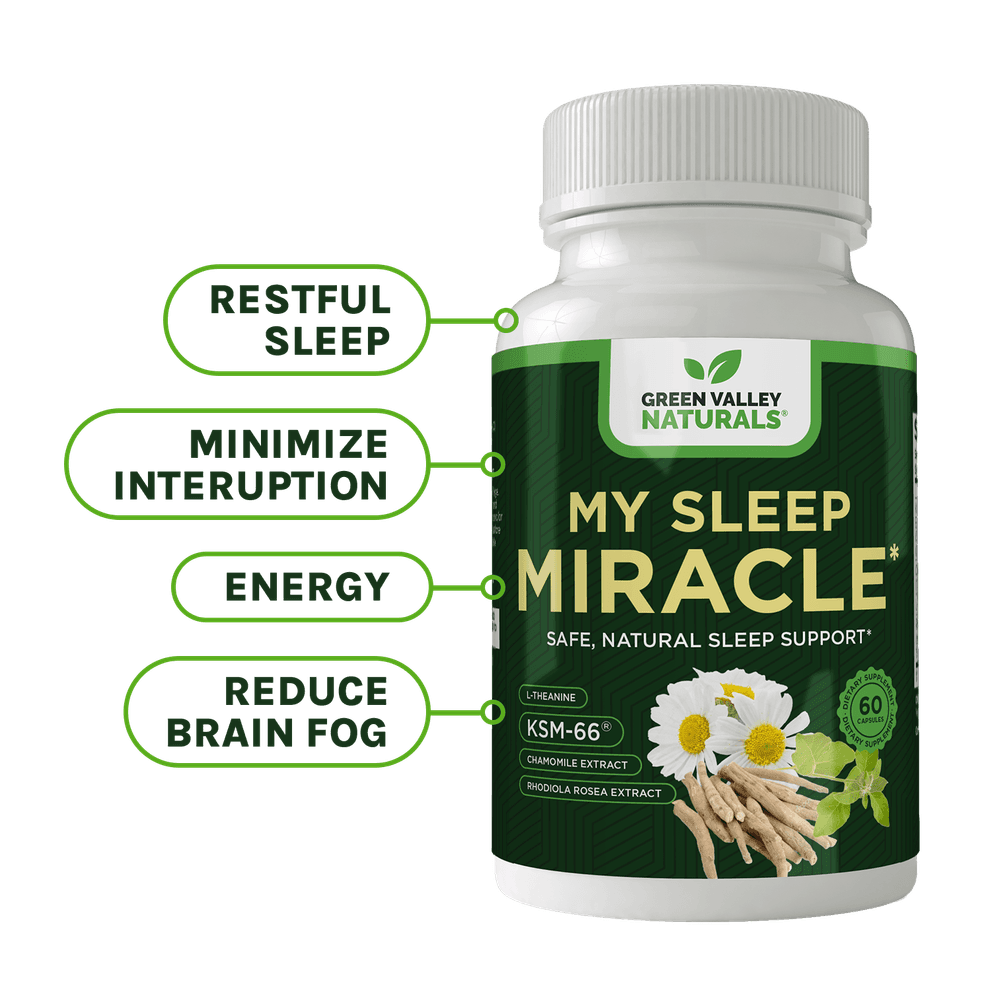
In fact, a number of studies show that consumers want the color of their food to match its flavor. That’s why you’d expect an orange snow cone to have an orange flavor, or purple juice to taste like grape.
But too often these days the appetizing colors come out of a chemistry lab. The question becomes whether the bright hues added to our foods are harmless and fun, or whether they trigger serious diseases, cancer among them. Let’s take a closer look…
Regardless of how you feel about whether your food’s appearance matches its taste, it’s clear that food manufacturers have taken this issue to heart. A shocking 70 percent of the typical American diet comes from processed foods designed and colored to impress our senses, so we’re used to the food we eat looking a certain way. It's easy to see how certain foods from the past, such as pink butter and green ketchup, never became popular!
Food Dyes are Everywhere
You almost certainly assume you’ll find chemically made dyes in canned frosting, candy treats, and marshmallow-laden breakfast cereals. But it might surprise you to learn that food dye is also used in boxed macaroni and cheese, in sandwich breads, in salad dressing, and even in microwave popcorn.These artificial colors may be used to strengthen the natural colors of a food or to improve the look of a food with no color. Take key lime pie, for instance. If you’ve ever made it from scratch without food coloring, the custard part of the pie will be white. It’ll still taste just as good as any neon green pie from the diner, but it won’t necessarily look like what most people think of when they think about a piece of key lime pie.
In some cases, artificial dyes help protect against color loss that may stem from light or storage conditions. To that end, most artificial colors are concentrated in processed foods because they can add synthetic color at a much lower price point than natural color.
Does FDA Approval Mean it’s Safe?
Food dyes have been controversial for a long time, plagued by safety concerns and questions. All food dyes are FDA-approved, but that leaves little room for comfort. There’s still a dearth of research in the area of safety regarding synthetic or artificial colors in food, particularly when it comes to children.Several dyes used to color foods, like Red 3, cause cancer in animals. Four dyes (Blue 1, Red 40, Yellow 5, and Yellow 6) have been shown to cause hypersensitivity reactions.
Three dyes (Red 40, Yellow 5, and Yellow 6) have been found to be contaminated with benzidine or other carcinogens. And Yellow 5, when fed to rodents, caused them to test positive for genotoxicity, meaning the animals’ DNA was damaged.
Small wonder, given that many of the food dyes we eat daily are synthesized from coal tar and petroleum.
Despite all these red flags, companies still use food coloring, and the biggest reason is money. They want to make their foods look more appealing so more people will buy their products. Sadly, and contrary to good sense, it works.
When Money Wins Out Over Safety
Mega-brand cereal Trix, created by General Mills, underwent a makeover in 2016 where all artificial colors were removed. The change was made amid growing concerns about a link between artificial food dyes and Attention-Deficit Hyperactivity Disorder (ADHD) in children. So, manufacturers started dyeing the cereal with natural ingredients, like turmeric and fruit juice. The cereal was still colored, but the colors were not as bright.Unfortunately, the outcry following the loss of the cereal’s signature neon hues meant sales plummeted. The company brought back the artificial colors, and money won over health. The saddest part of it all is that children are the ones most swayed by the bright colors, and they also appear to be among the most susceptible to any potential toxicity.
But Natural Food Dyes aren’t Harmless Either…
Though it’s tempting to put all artificial food coloring into the “bad” category and all the natural food colors into the “good” category, there are a few natural colors that can cause problems, too.Annatto is one of them. Made from the seeds of the achiote tree, annatto is a natural food dye used to add a creamy yellow color to foods like butter, margarine, cheese, and vanilla ice cream. But there have been reports of allergic reactions and irritable bowel syndrome issues. The FDA says it’s safe to use, but more research is needed.
Similarly, carmine, a natural food coloring agent in red meat, has been linked to certain allergies, so the FDA requires that it be listed in ingredient labels.
What Can You do About Food Dye?
Artificial food dyes may make our foods pretty, but they don’t add to the safety or nutritional quality of food, which is what should be our first priority.I recommend any time you’re about to eat something with color, you first double check to make sure that color came from natural, safe sources. Resist the urge to add food coloring to your own foods and concentrate more on flavor and nutritional content. Show your disapproval of artificial dyes by not buying them, and whenever possible, support natural food coloring manufacturers.
You can also make your own natural food dye.
Some of the best non-toxic food colors are made from spirulina, carrots, beets, blueberries, paprika, and turmeric. And newer and more vivid colors made from natural sources are surfacing more and more, thanks to a growing number of companies investing in the business of natural food dye.
Some of these new naturally brighter hues include colors made from butterfly pea flower powder (blue) and red dragon fruit powder (pink).
It’s a good idea to experiment, but just remember that when it comes to natural food dyes, the more vivid the color, the more likely it is that the flavor will be affected, too. After all, carrots, beets and other potential sources of natural color do have their own strong flavors.
- “10 Unexpected Places You Might Find Food Dye.” By Elizabeth Laseter for Cooking Light, 25 September 2017.
- “Eating with Your Eyes: The Chemistry of Food Colorings.” By Brian Rohrig, October 2015.
- “Toxicology of food dyes.” By Sarah Kobylewski and Michael F. Jacobson, July 2012 International Journal of Occupational and Environmental Health 18(3):220-46.
- “Food dyes: A rainbow of risks.” Kobylewski, Sarah, and Michael F. Jacobson. Center for Science in the Public
Interest, 2010. - “9 Safe, Natural Ways to Color Your Food.” Posted from the Cleveland Clinic, 9 April 2020.
- “The Test Kitchen Swears By This Natural Food Coloring.” By MacKenzie Chung Fegan for Bon Appetit,
December 11, 2019. - “Food Coloring Allergy.” New York Allergy & Sinus Centers.

